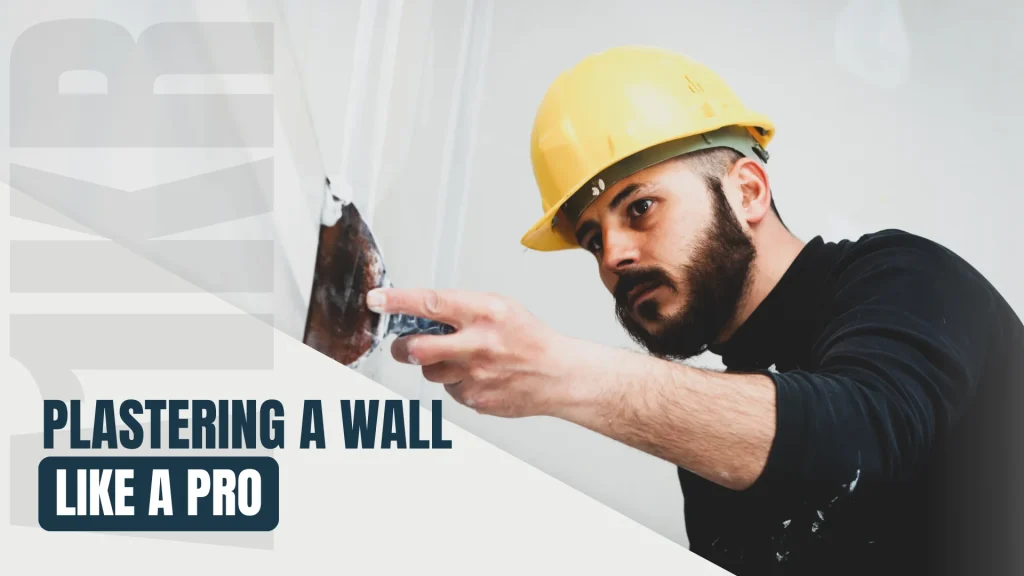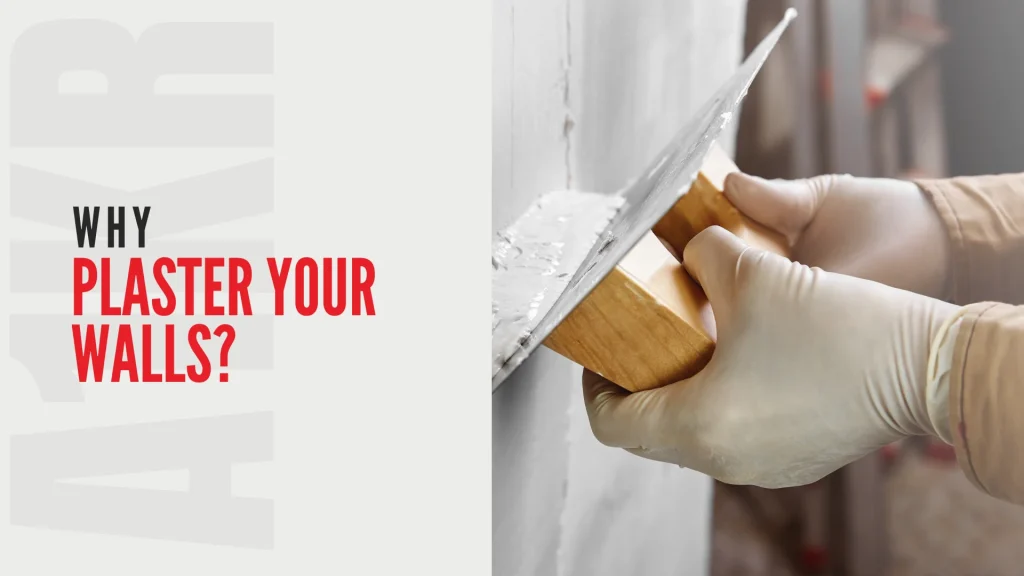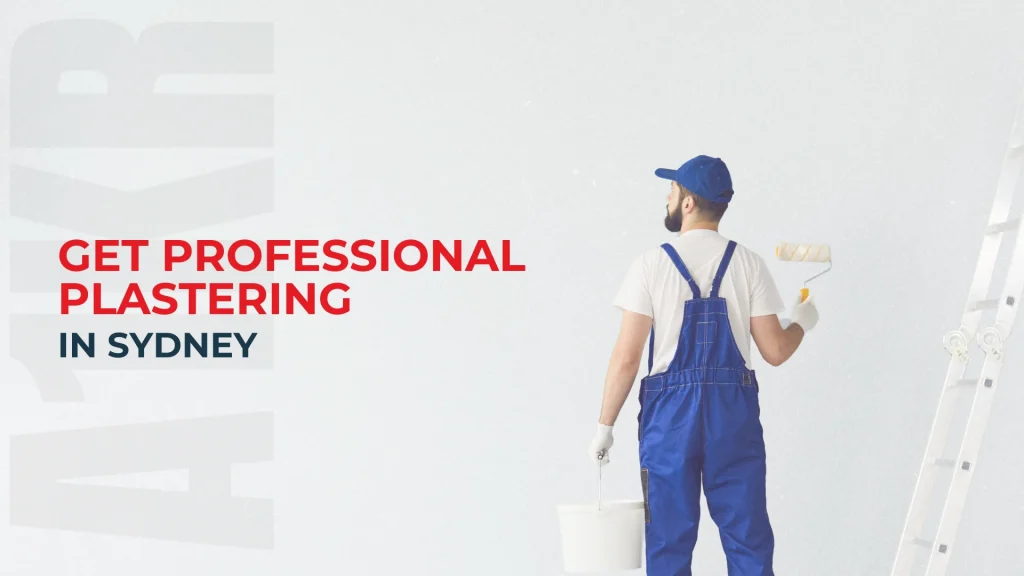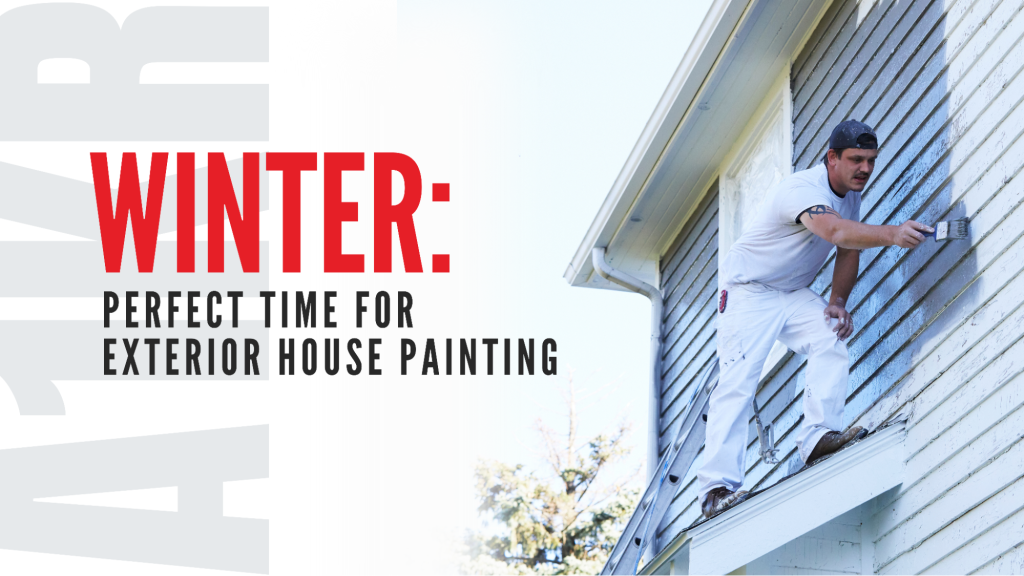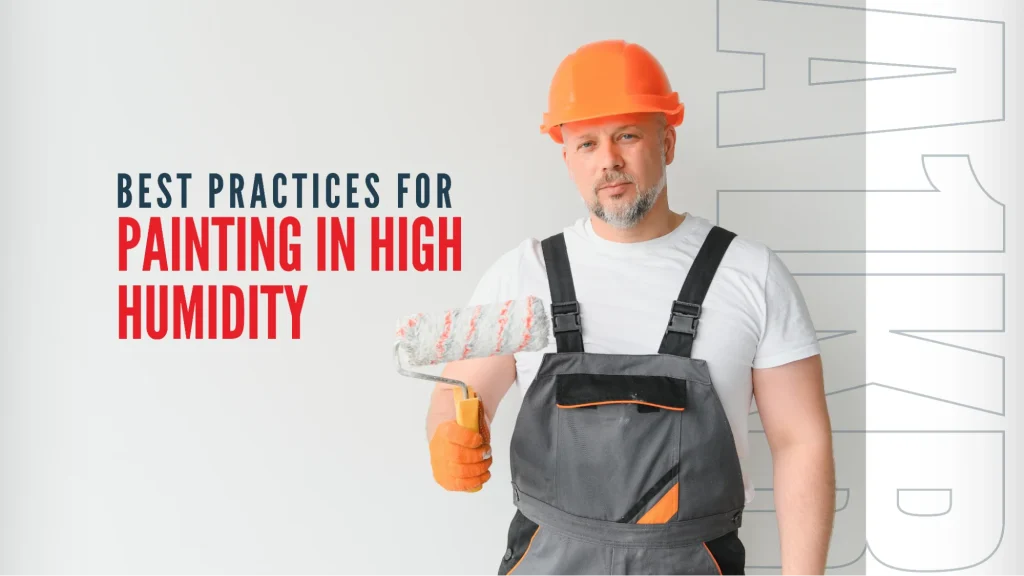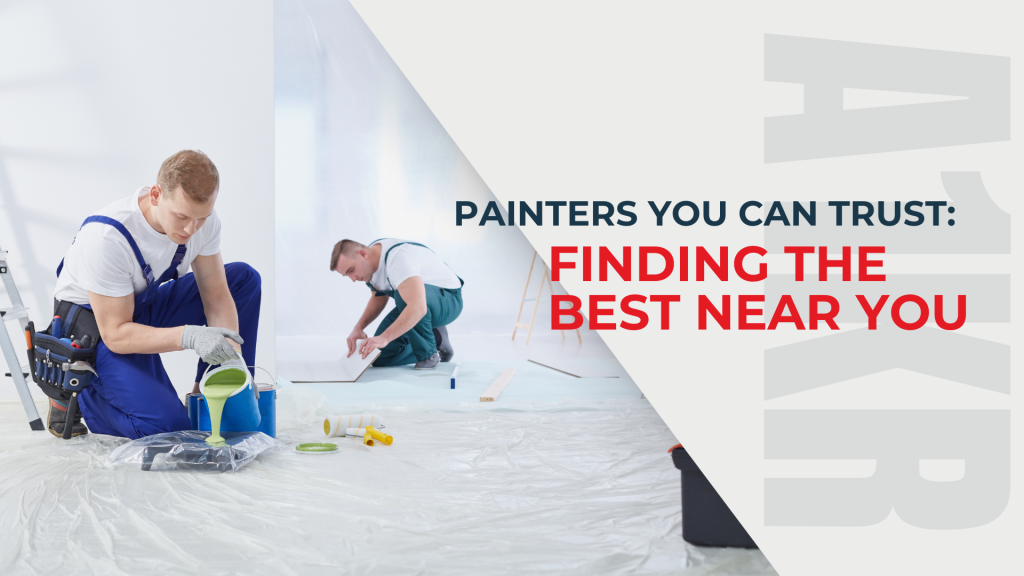
The success of your painting project lies in choosing the best commercial painting contractor for the job.
A reliable painting contractor will help transform your commercial property into an attractive space and potentially increase its value.
This guide provides tips on how to find the best commercial painters near you for high-quality workmanship and a hassle-free experience.
Let’s get into it!
How to Find the Best Commercial Painters Near You
Selecting the right commercial painting contractor makes a world of difference in terms of making your property a head-turner.
They will bring out the flare in the commercial building while ensuring that the paintwork provided is durable and of good quality.
Here’s what to look for to ensure you’re getting only the best results in your commercial or industrial painting project.
Verify Licence and Insurance
Before hiring a commercial painter, always check for their licences and insurance. With a licensed contractor, you can be assured they work to satisfy Australian standards in terms of workmanship and safety.
Insurance is very essential as it saves you from possible liabilities. If a worker gets hurt at your property or there is an accident, then it should be covered by insurance.
You can also check for proper certifications and training. Most reputable contractors are committed to continuous education to apply modern techniques and technologies and provide the best service as a result.
Check Past Project Portfolios
When hunting for professional painting contractors, enquire about their past experiences and projects. A good portfolio will showcase the kinds of commercial projects they have completed, emphasising their ability to work with different surfaces, structures, and colour schemes.
Ensure there is consistency in quality and style, which should give you a vision for your commercial space. A well-rounded portfolio is strong evidence of the versatility and flexibility of the contractor in adapting to different project requirements.
Read Detailed Client Testimonials
Client testimonials give insight into the contractor’s reliability and customer service.
You should look for Google reviews that talk about specifics in the contractor’s work, like timeline adherence, punctuality, quality of materials used, and professionalism.
Testimonials can help gauge the reputation and credibility of the contractor. This is one of the best ways to help you pick the right commercial painting company for your property, be it an office, store, or industrial facility.
Apart from testimonials found on Google and through their website, also look for recommendations posted on third-party review sites and social media platforms.
Assess their Knowledge of Commercial Painting
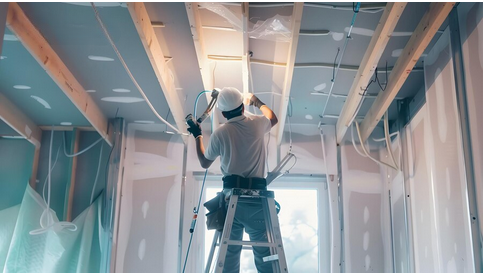
A good contractor should be able to provide knowledgeable painting tips and recommendations on colour schemes that would best fit your commercial property. Do this by reading through their blogs.
A skilled contractor should also be able to deal with queries you raise as a client. They must demonstrate their reliable understanding of the latest trends and technologies in the industry.
Ensure a Clear, Detailed Contract
A detailed contract is important for a successful painting project. It should outline all the work required, including the timeline, materials to be used, costs, and payment schedule.
It must also include details about the responsibility of both parties, avoiding miscommunication and creating accountability.
Moreover, the clause on handling changes of orders or additional work has to be included in the contract, which shall address the procedure of documenting any changes.
This is necessary to avoid conflicts related to unexpected costs or scope adjustments. These details are vital to ensure a smooth, professional relationship with the contractor during the project.
Prioritise Experienced Crews Over Lowest Bids
While you may be tempted to select the lowest bid, going with an experienced crew ultimately saves you money down the line.
These contractors can provide a high-quality paint job that reduces the necessity of expensive repairs or touch-ups later on. They can adapt more readily to unexpected challenges and accomplish the job efficiently.
Confirm their Adherence to Safety Standards
One of the major critical considerations on commercial painting projects is safety. You should see to it that the contractor strictly adheres to all necessary safety protocols.
Regulations such as proper training, testing of equipment, and adherence to safety on-site must be implemented. Following these standards on safety saves your property from liabilities.
Look for Flexibility in Scheduling
Commercial painting jobs should be adjusted according to the working hours of a business to minimise disruptions. Find a contractor who has flexibility in scheduling and can accommodate your business operating hours.
Evaluate their Customer Service Responsiveness
Effective communication is key to a successful project. You can observe it by how responsive a contractor is to your concerns, questions, and problems.
A good painting contractor should be easily accessible, can answer all your questions, and keep you updated on project progress. Good customer service will mean everything goes well, and you get the best value for your money.
Ask about their Warranty and Follow-up Services
Be sure to ask about the contractor’s warranty and any follow-up services they offer for assurance of long-term quality and satisfaction.
A strong warranty demonstrates the contractor’s confidence in their workmanship and materials. While follow-up services ensure any touch-ups or issues that arise after the job are promptly addressed.
It shows their commitment to delivering lasting quality and gives you reassurance that your investment is protected long after the paint dries.
Enhance Your Commercial Building’s Appeal and Value With A One Korean Painting

Raise the appeal and value of your commercial building with the expert touch of A One Korean Painting.
Our team produces high-quality, professional painting services that, more than simply giving your space a fresh lift, leave a lasting impression on both your clients and employees.
Get the “wow” factor your space deserves and hire professional painters from our team. Call us today!

